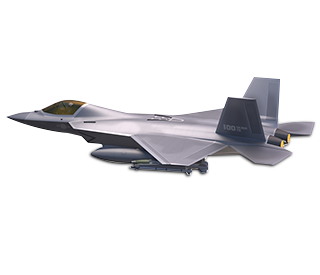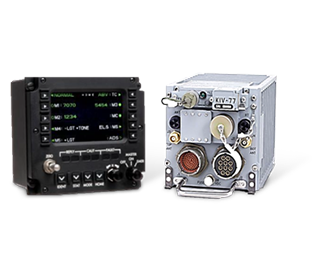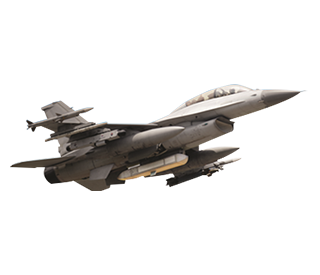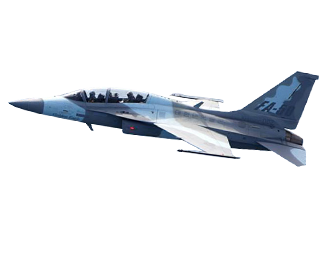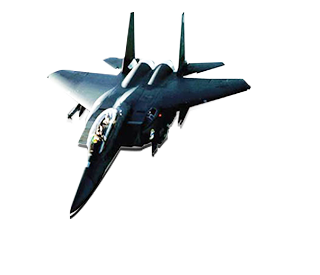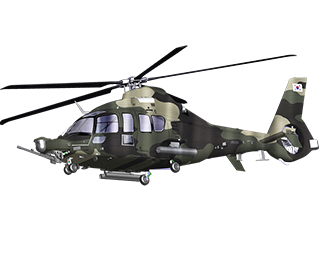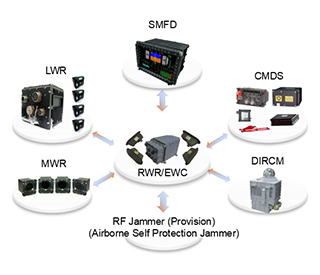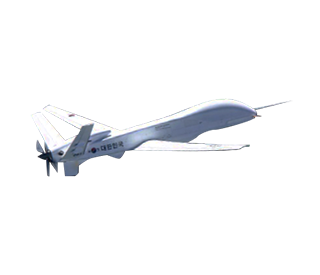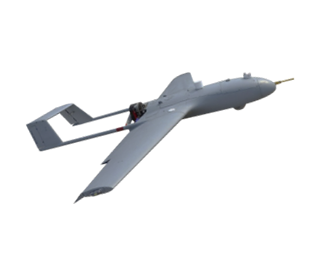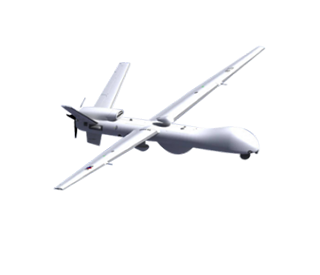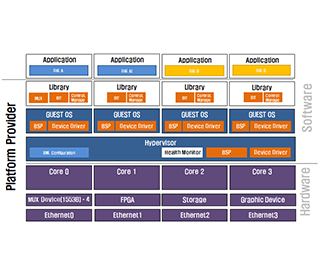- 현재 페이지경로
Avionics / Space
Hanwha Systems contributes to the development of the aerospace power of the ROK by developing avionics and satellites.
Hanwha Systems supplies the key equipment such as the mission sensor, electronics, survival, and communication for the fighter.
Avionics
Fixed Wing Systems
-
Key Avionics Equipment of Korea Fighter eXperimental(KFX)
- Key Avionics Equipment of Korea Fighter eXperimenta(KFX)
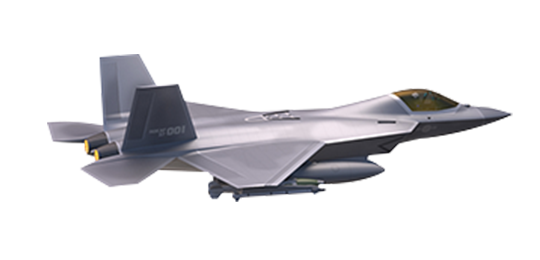
- Hanwha Systems supplies the key equipment such as the mission sensor, electronics, survival, and communication for the fighter.
- AESA Radar
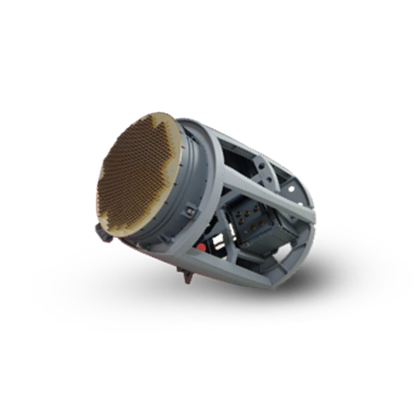
- It is the advanced radar equipment doing the eye role of the fighter performing the various missions including the detection, tracking, and image creation on the air and surface targets.
- EO TGP (lectro-Optical Targeting Pod)
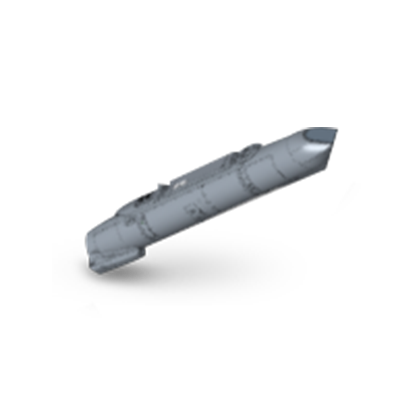
- It is the electro-optical equipment for the fighter precisely guiding the missile by detecting and tracking the day and night targets and by irradiating the high power laser.
- IRST (Infrared Searcher and Tracker)
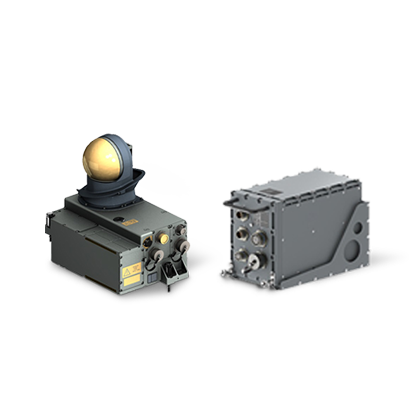
- It is the electro-optical equipment for the fighter detecting and tracking the anti-air targets such as the enemy and the anti-air missile through the wide range search based on the infrared sensor and providing the azimuth, high angle, and infrared image information of the threat target.
- MFD (Multi Function Display)
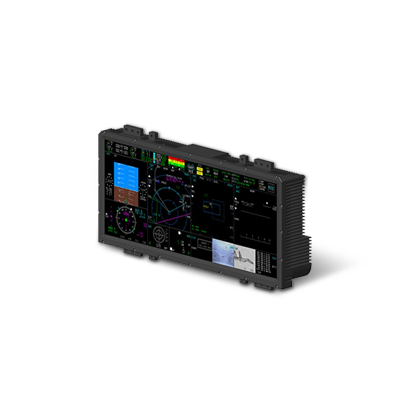
- It is the next generation smart display equipment supporting the flight mission and being applicable to the advanced fighter by implementing the high speed large scale image provided by the mission computer and by providing the touch input of the pilot for the mission computer.
- Communication/Identification ACCS (Audio Command and Control System)
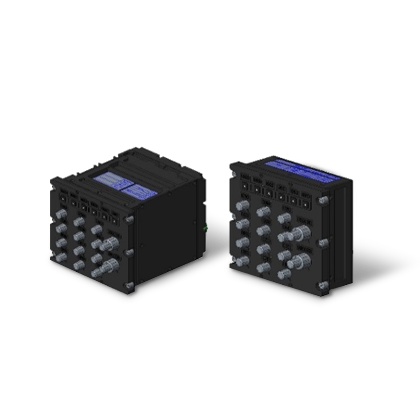
- It is the equipment managing all the voice interfaces between the pilot and the aircraft and providing the warning sound generated on the basis of the situation for the pilot.
- Mission Computer MC (Mission Computer)
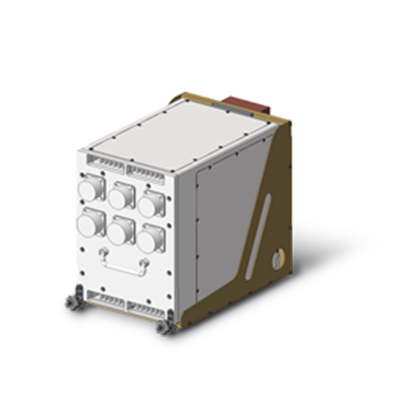
- It is the computer displaying the various videos and information on the multi-functional and omni-directional displays and supporting the armed operation, the fire control, and the system control linkage.
-
Identification, Friend or Foe Equipment for Airplane (IFF Mode-5)
- Identification, Friend or Foe Equipment for Airplane (IFF Mode-5)
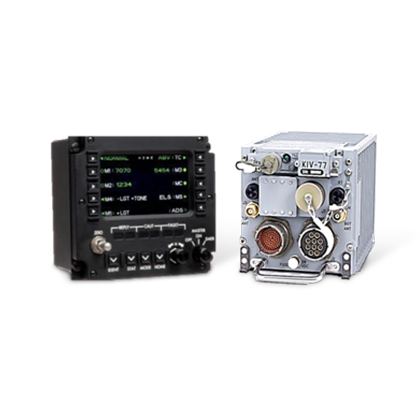
- It is the equipment mounted to the airplane (fixed and rotary wing systems) for identifying friend or foe and preventing the friendly fire between allies while performing the independent operation in the nation and the united operation with the allies such as USA, NATO, etc.
-
F-16
- TACAN
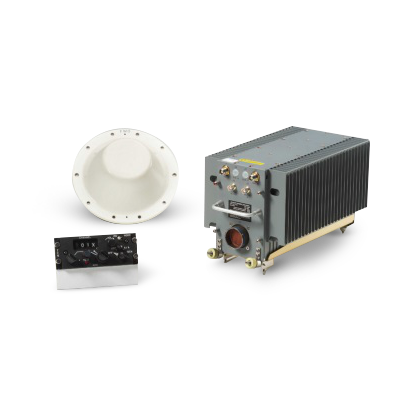
- It is the wireless navigation device transmitting the signal with the TACAN station on the ground to provide the current location and the airway information.
- TAC-ELINT POD
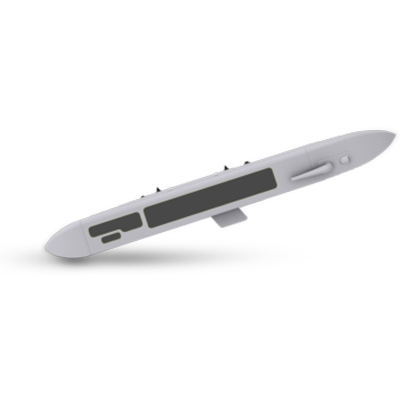
- It is the equipment detecting, analyzing, and storing the electronic threat information (direction and signal).
- ACCTVS (Aircraft Cockpit Color Television System)
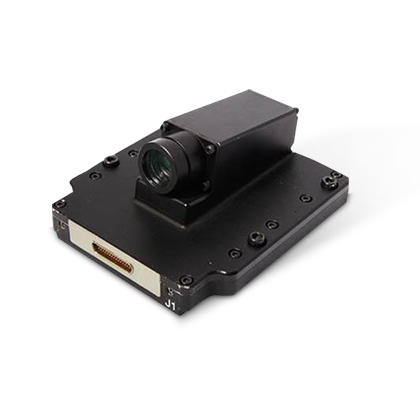
- It is the digital camera collecting the external forward visible image and generating the video signal through the digital signal processing to deliver it to the mission computer.
- ASHM (Aft-Seat HUN Monitor)
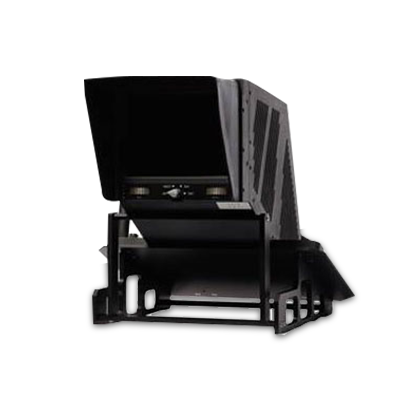
- It is the monitor equipment displaying the various videos and information for the rear pilot.
-
Advanced Trainer/Light Attack Aircraft (T/FA-50)
- ACCTVS (Aircraft Cockpit Color Television System)
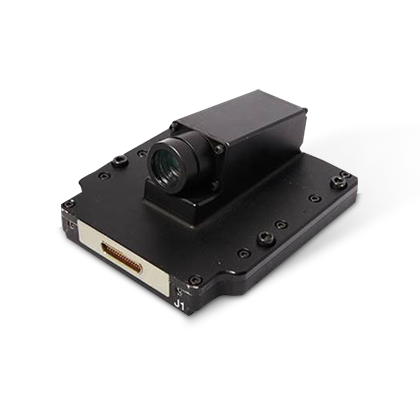
- It is the digital camera collecting the external forward visible image and generating the video signal through the digital signal processing to deliver it to the mission computer.
- ICS (InterCom System)
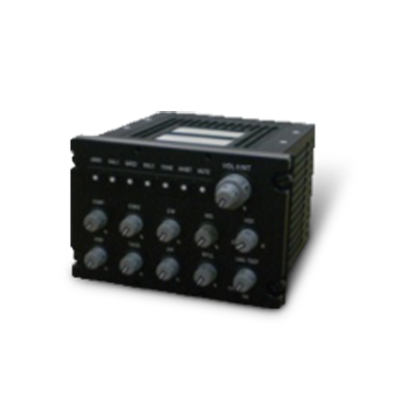
- It is the equipment providing the voice communication between the front and rear pilots or between aircrafts and generating the audio warning message based on various situations to provide them for the pilot.
- SMFD (Smart Multi Function Display)
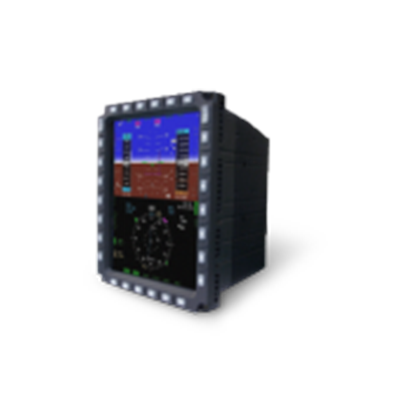
- It is the next generation smart display equipment displaying the high speed large scale image provided by the mission computer, supporting the flight mission by providing the touch input of the pilot for the mission computer, and doing the backup role in case of the error occurrence of the mission computer.
-
F-15
- AMSCP (Audio Management System Control Panel)
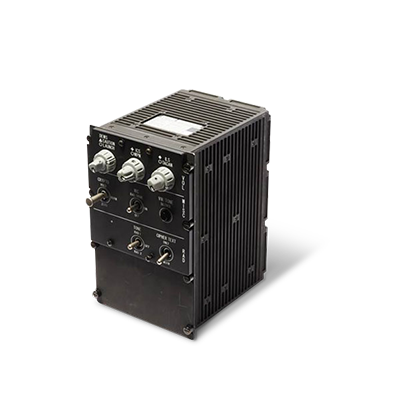
- It is the equipment providing the voice communication between the front and rear pilots or between aircrafts and generating the audio warning message based on various situations to provide them for the pilot.
Rotary Wing Systems
-
Key Components of the Light Armed Helicopter (LAH)
- Key Components of the Light Armed Helicopter (LAH)
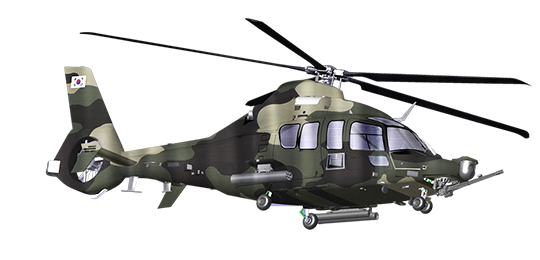
- Hanwha Systems supplies the key equipment such as the mission sensor, electronics, survival, and communication for the helicopter.
- TADS (Target Acquisition Designation System)

- It is the electro-optical target acquisition and indication equipment providing the target information for the air-to-surface missile, the rocket, and the strafe by detecting and tracking the day and night targets and by irradiating the laser.
- LWR (Laser Warning Receiver)
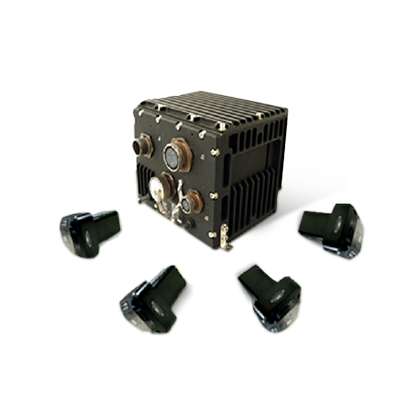
- It is the equipment detecting the laser signal launched from the enemy laser threat weapon to transmit the threat information to the aircraft survival system.
- RWR (Radar Warning Receiver)
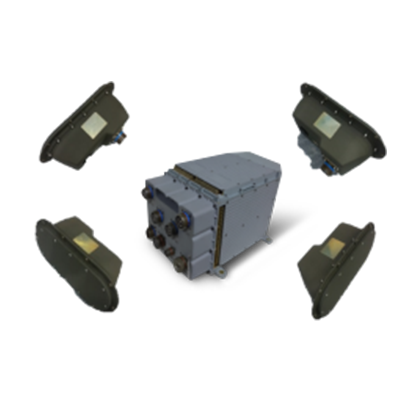
- It is the equipment integrating the radar warning sensor detecting the radar signal launched from the enemy radar threat weapon to send the threat information to the aircraft survival system with the electronic war integrated computer doing the integrated management of the threat detected from the survival equipment such as LWR, MWR, RWR, etc.
- KVMF DLP (Korea Variable Message Format Data Link Processor)
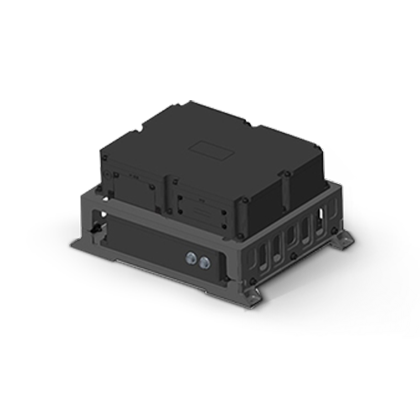
- It is the equipment supporting the effective operation performance among the surface weapon systems by sharing ATCIS, B2CS, and the tactical information and securing the battlefield situation recognition capability by displaying the battlefield situation information such as the ally and enemy information to the military standard map.
- AIU (Audio Interface Unit)
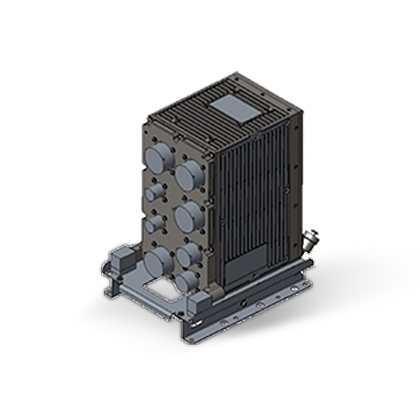
- It is the equipment enabling the external communication using the radio, the internal communication among users, and the navigation audio linkage and controlling the communication equipment.
- SMFD (Smart Multi Function Display)
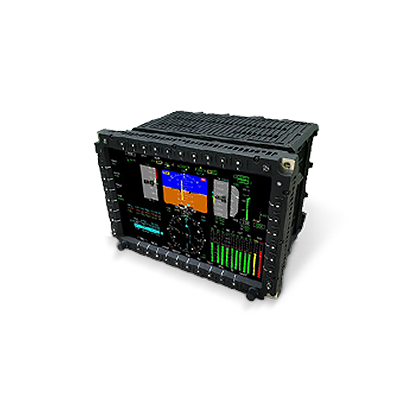
- It is the equipment mounted to the instrument panel for displaying the flight and mission information and doing the role of the mission computer through the internal calculation and control functions.
- SCDU (Smart Control Display Unit)
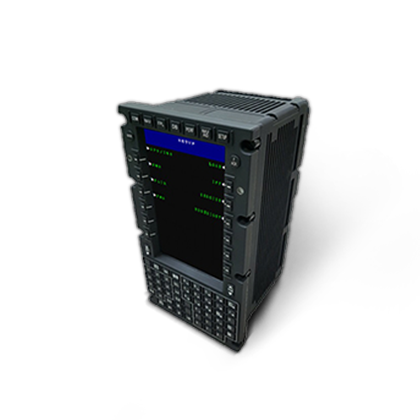
- It is the equipment mounted to the central console inside the cockpit for doing the data input and display of the flight and mission information.
-
UH-60/CH-47
- HFLIR (Forward Looking Infra-Red)
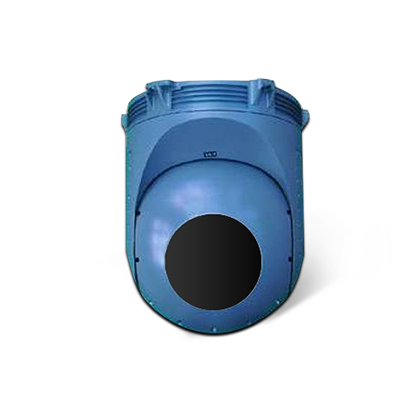
- It is the equipment providing the stabilized infrared image at night and in the limited weather condition and increasing the mission performance capability of the pilot by providing the coordinate direction and the target observation and tracking function.
- DIRCM (Directional Infra-Red Counter)
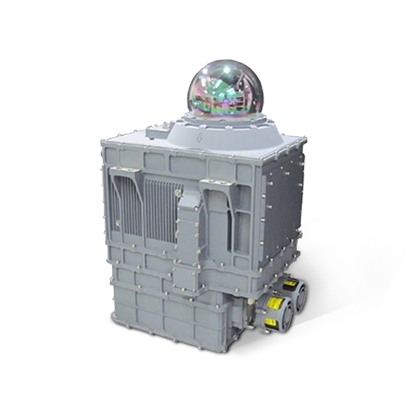
- It is the equipment protecting the aircraft by deceiving the threat object with the high speed precision tracking and deceiving radar in case of the attack of the mobile infrared missile (MANPADS).
-
Korean Utility Helicopter
(KUH)- CDU (Control Display Unit)
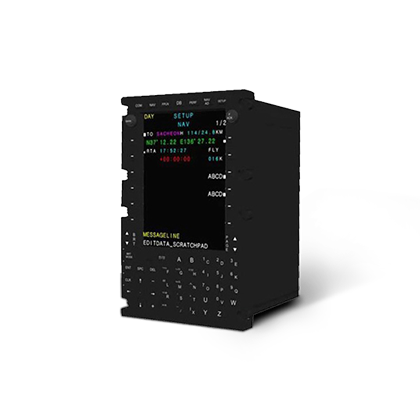
- It is the equipment mounted to the central console inside the cockpit for doing the data input and display of the flight and mission information.
- LWR (Laser Warning Receiver)
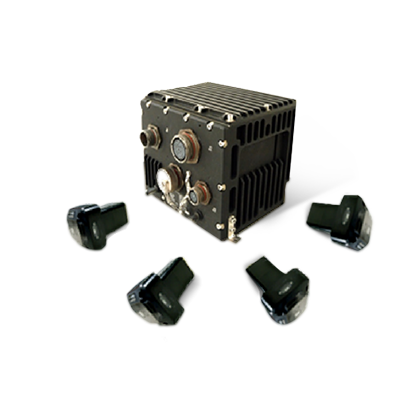
- It is the equipment detecting the laser signal launched from the enemy laser threat weapon to transmit the threat information to the aircraft survival system.
- FLIR (Forward Looking Infra-Red)
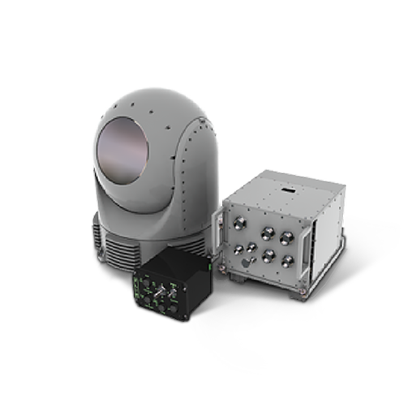
- It is the equipment providing the stabilized infrared image at night and in the limited weather condition and increasing the mission performance capability of the pilot by providing the coordinate direction and the target observation and tracking function.
-
Air Survival System
- Air Survival System
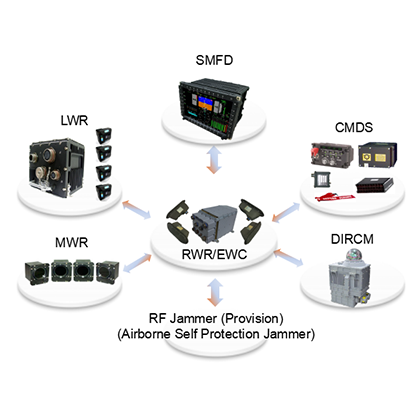
- The air survival system is mounted to the helicopter and the aircarrier and is the protective equipment protecting the aircraft safety and survival. It possesses the integrated survival system for the control and management of the survival equipment components and for the integrated response to threat.
Unmanned Systems
-
Medium-altitude Unmanned Aerial Vehicle
- Medium-altitude Unmanned Aerial Vehicle
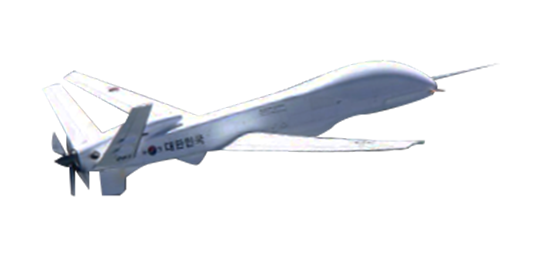
- Hanwha Systems supplies the key equipment such as the mission sensor and communication to the tactical and strategic unmanned systems in the nation.
- MUAV EO/IR (Electro-Optical/Infrared for Medium-altitude Unmanned Aerial Vehicle)
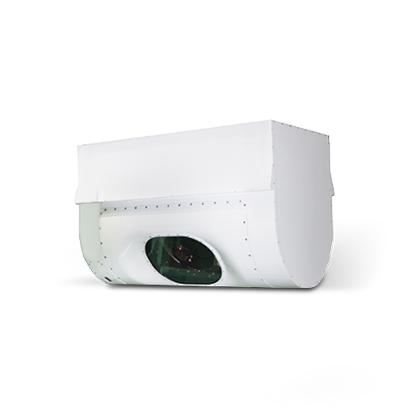
- It is the electro-optical equipment doing the reconnaissance of the long-distance wide- and narrow-range regions to acquire the high resolution day and night images.
-
Division Unmanned Aerial Vehicle
(DUAV)- EOTS (Electro-Optical Tracking System for Division Unmanned Aerial Vehicle)
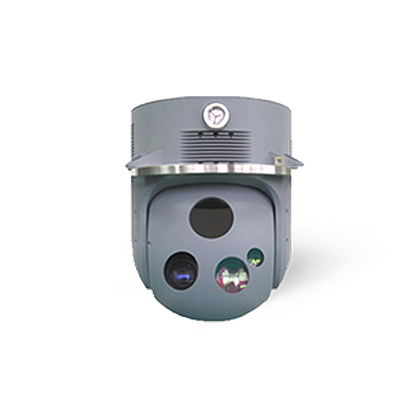
- It is the electro-optical equipment doing the reconnaissance of the area of interest to acquire the day and night images and positional information.
- Datalink
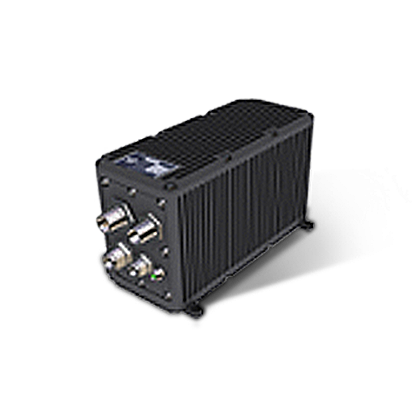
- It is the data link equipment for providing the communication link among the unmanned aerial vehicle, the mission equipment, and the ground control system.
-
Corps Unmanned Aerial System for Reconnaissance
- Corps Unmanned Aerial System for Reconnaissance
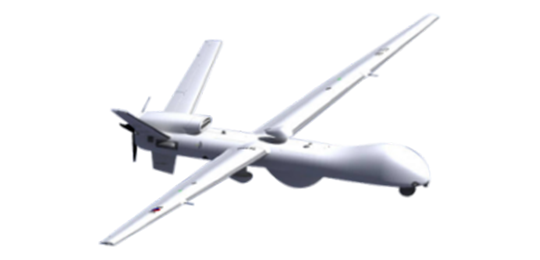
- NGCUAS D/L (Next Generation Corps Unmanned Aerial System Data-Link)
- The NGCUAS D/L (Next Generation Corps Unmanned Aerial System Data-Link), the datalink system constituting the smooth communication link, is mounted to the NGCUAS (Next Generation Corps Unmanned Aerial System) to send the control order generated from the ground control equipment to the unmanned aerial system and to receive the image and status information acquired from the unmanned aerial system.
- Datalink
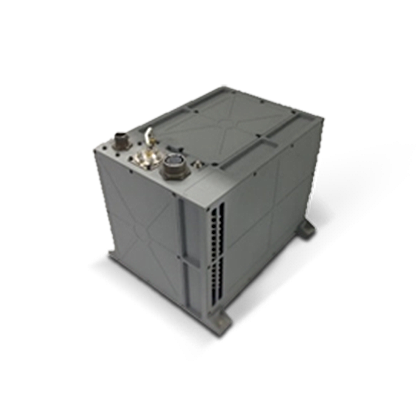
- It is the data link equipment for providing the communication link among the unmanned aerial vehicle, the mission equipment, and the ground control system.
S/W core technology
-
Multicore-Based ARINC 653 Platform Software
- IMA (Integrated Modular Avionics)
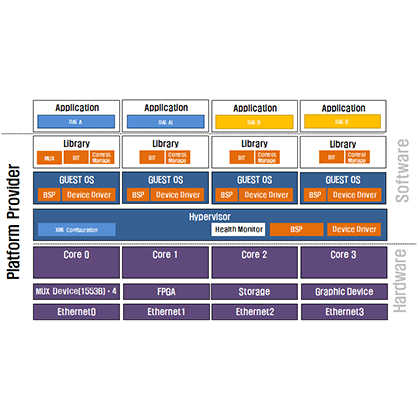
- It is the generic technology for stably operating the partitioning operating system based on the ARINC-653 standard in the high performance multicore hardware. The performance and stability of the control, graphic, and image processing can be maximized in the application software.
- ARINC 661 CDS Engine and Authoring Tool (DO-178C Level A)
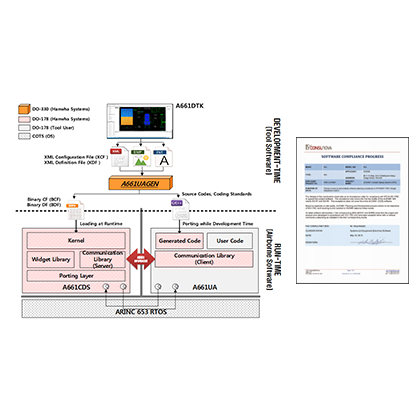
- They are the graphics service (rendering) engine software (DO-178C DAL-A certification) for building the HMI of the CDS (Cockpit Display System) based on the international standard of ARINC 661 and the WYSIWYG type HMI screen design and user application generation tool (DO-330 TQL-1).
